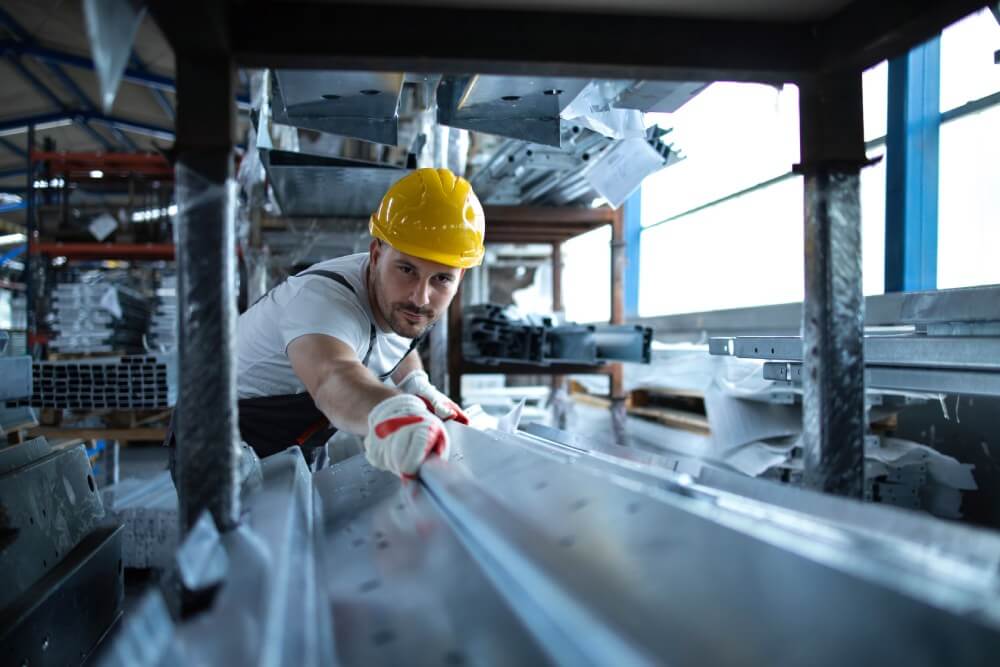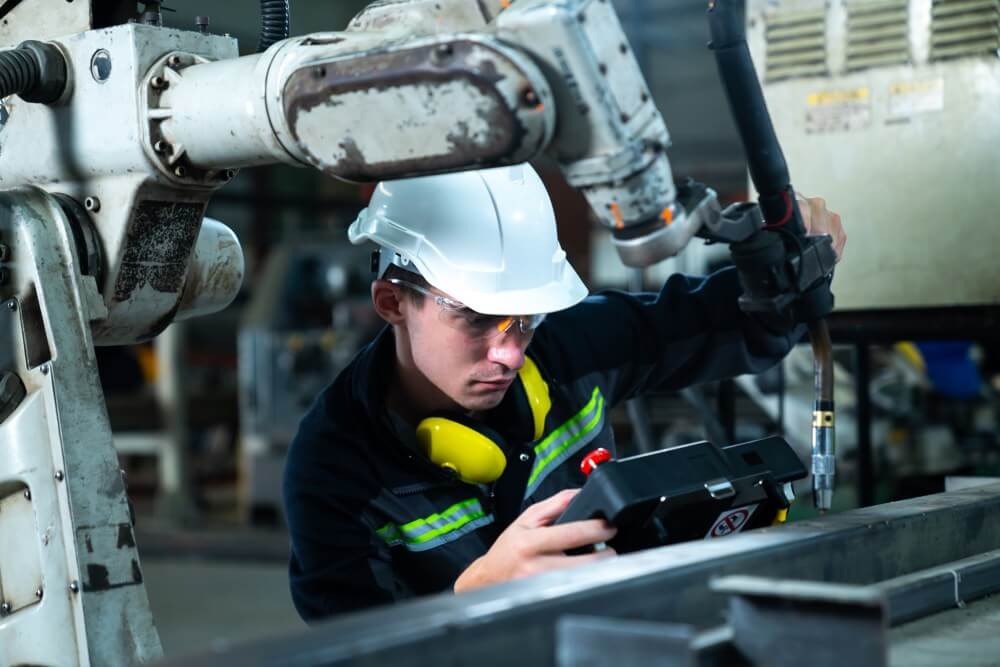Key Takeaways
-
For metal fabricators, OEE is the #1 KPI for maximizing the profitability of capital-intensive equipment like CNC machines, laser cutters, and stamping presses.
-
The biggest OEE challenges in this industry are Availability loss from unplanned downtime and long, complex job setups.
-
A true fabrication solution doesn't just diagnose these issues with OEE; it uses an integrated CMMS to manage the cure—enabling a rapid response to machine alarms and standardizing setups with digital checklists.







